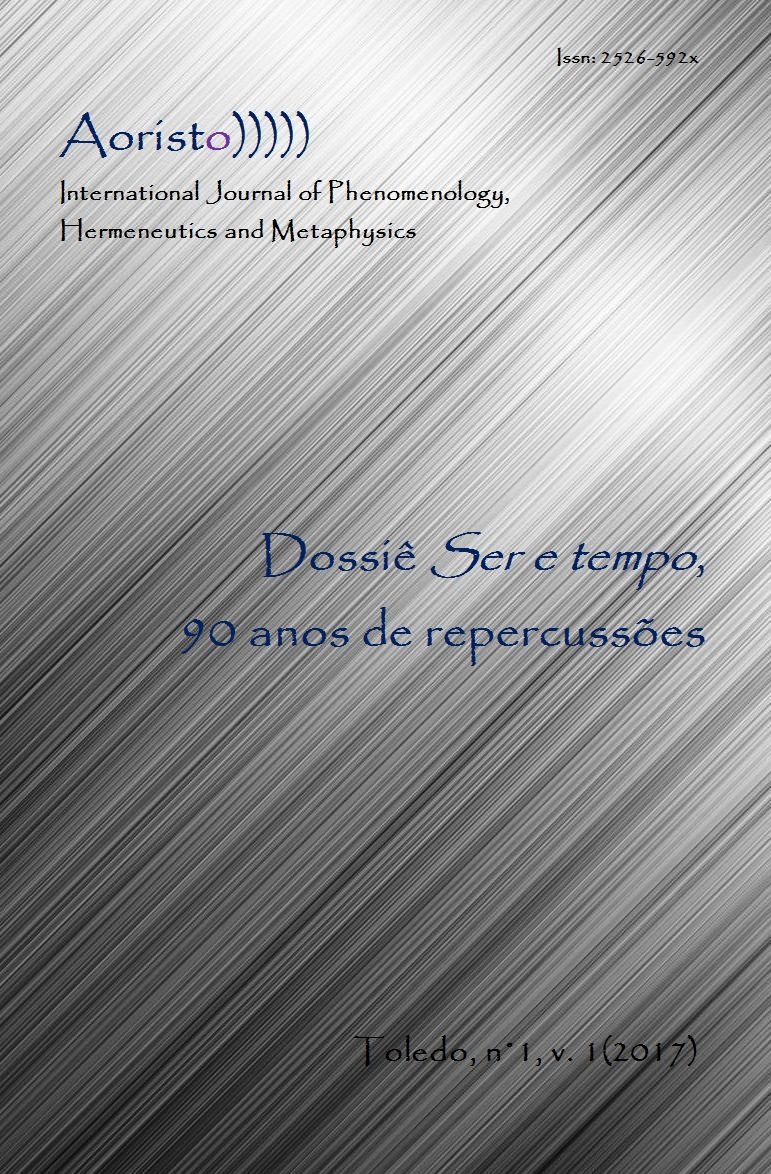Binswanger’s Anthropological Phenomenology
DOI:
https://doi.org/10.48075/aoristo.v1i1.16523Keywords:
Fenomenologia, Daseinsanálise, Ludwig BinswangerAbstract
In this study we have a narrative review of the literature of way showed the different stages of psychiatry such as develop by Ludwig Binswanger while we conduct a critical analysis of these stages of psychiatry. We wrote about the reasons Binswanger`s movement from the biological bases that support psychiatry epoch towards a psychoanalytical perspective. In this stage Binswanger defends the psychic bases of mental disorders, of which in brief time deviate by review that psychoanalysis there was psychic reduction. This scholar doing that he starts his phenomenological studies with his master Edmund Husserl, believing that perspective would be free of any reduction. In a short period of time, this psychiatry scholar start to study analytics of Dasein with Martin Heidegger, taking as Daseinsanalysis has his ground studies. Given that Heidegger criticized his Daseinsanalysis. Binswanger changed the name of his psychiatry project to phenomenological anthropology, by becoming interested in the time and spaces experiences of those who had illness mental.
Downloads
Published
How to Cite
Issue
Section
License

This work is licensed under a Creative Commons Attribution-NonCommercial-NoDerivatives 4.0 International License.
Copyright Notice
1. I grant the AORISTO – International Journal of Phenomenology, Hermeneutics and Metaphysics the first publication of my article, licensed under Creative Commons Attribution (which allows sharing of work, recognition of authorship and initial publication in this journal).
2. I confirm that my article is not being submitted to another publication and has not been published in its entirely on another journal. I take full responsibility for its originality and I will also claim responsibility for charges from claims by third parties concerning the authorship of the article.
3. I also agree that the manuscript will be submitted according to the Aoristo’s publication rules described above.
License Creative Commons
This work is licensed under a Creative Commons Atribuição-NãoComercial-CompartilhaIgual 4.0 Internacional, which allows you to share, copy, distribute, display, reproduce, in whole or in part, for as long as there is no commercial purpose, and authors and source are cited.


